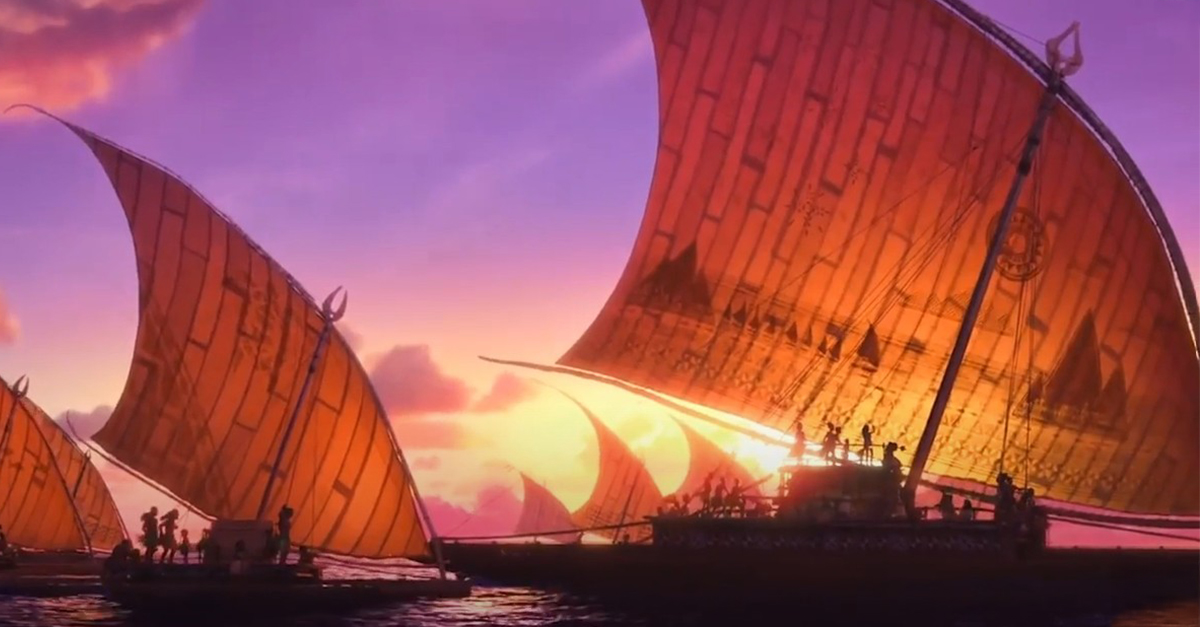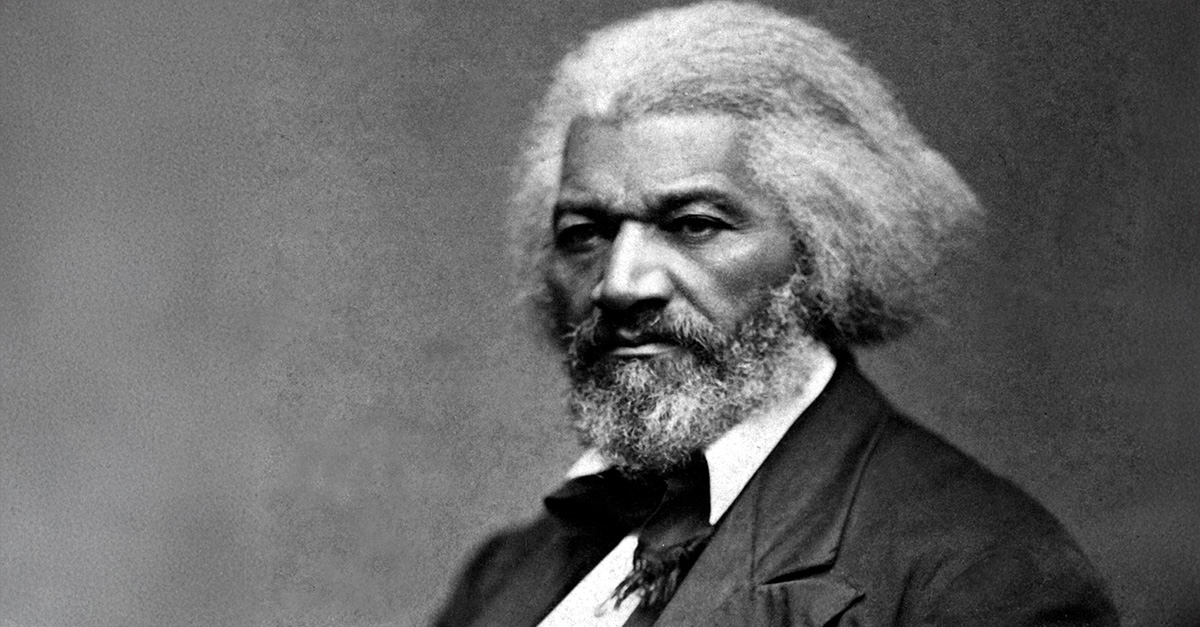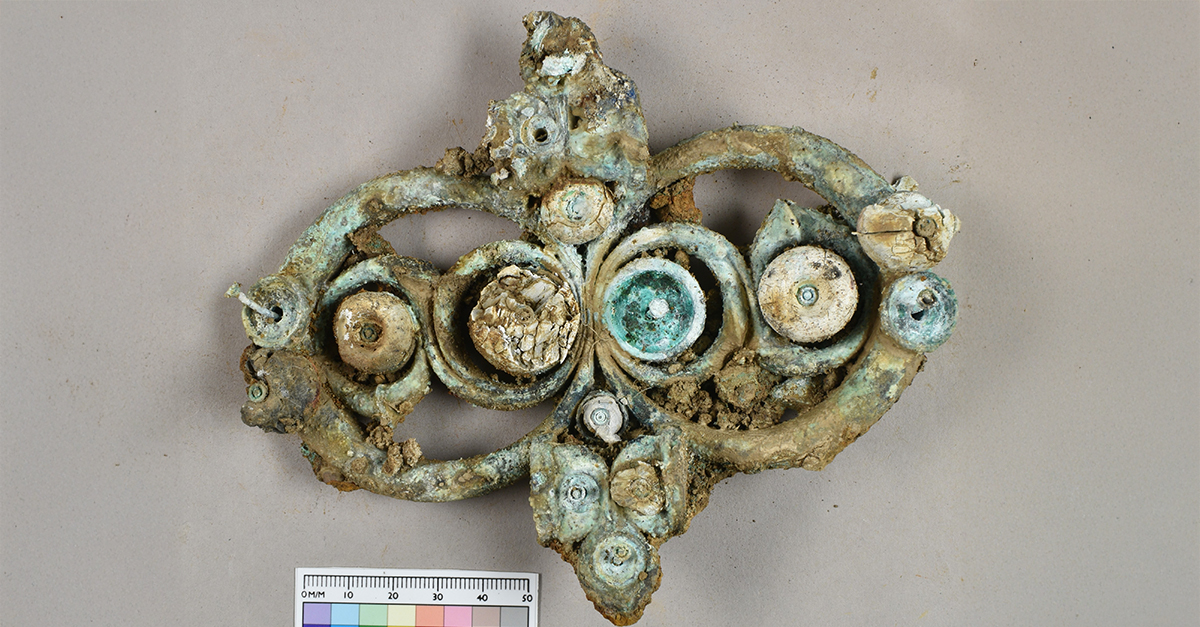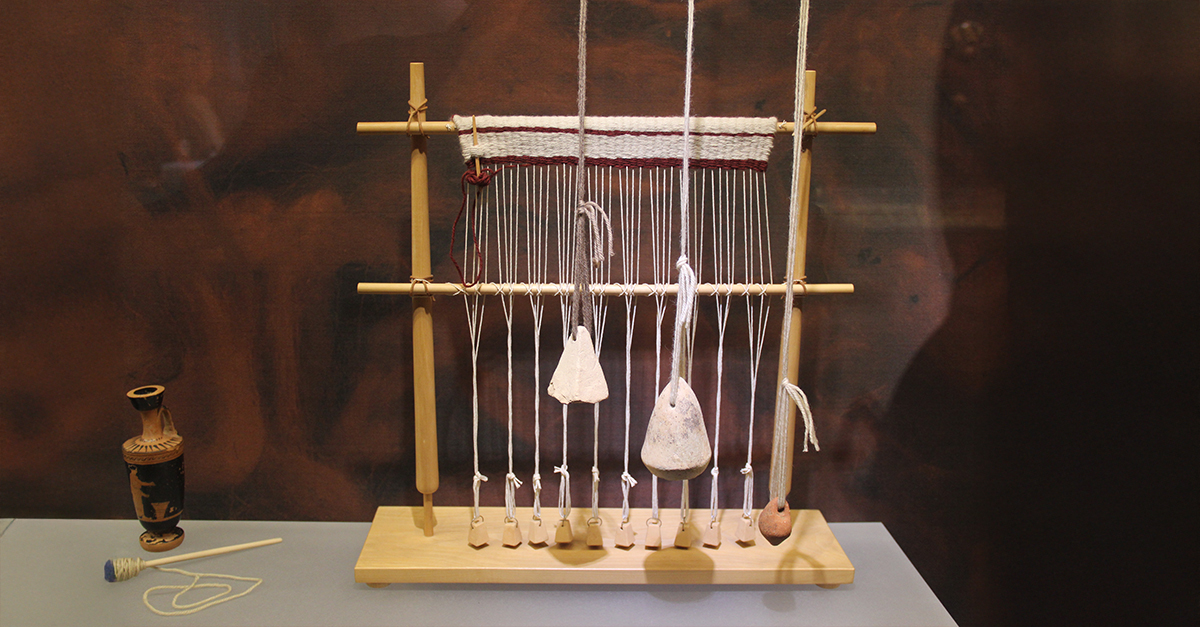The discovery of Hawaii was no accident. The Polynesians needed vision, courage, and all their maritime skills to make it happen. Travelling across more than 2,000 miles of ocean in open boats, they found themselves in a tropical paradise like no other. They wasted no time building a thriving civilization of their own.
They Wondered What Was Over The Horizon
Because of overpopulation, many people were having a hard time making a go of it in their traditional islands in the Marquesas (French Polynesia). They wondered if a more prosperous land lay over the horizon. As Polynesians, they were accustomed to travelling long distances by boat. After a while, they got tired of wondering what lay across the sea, and decided there was only one way to find out.
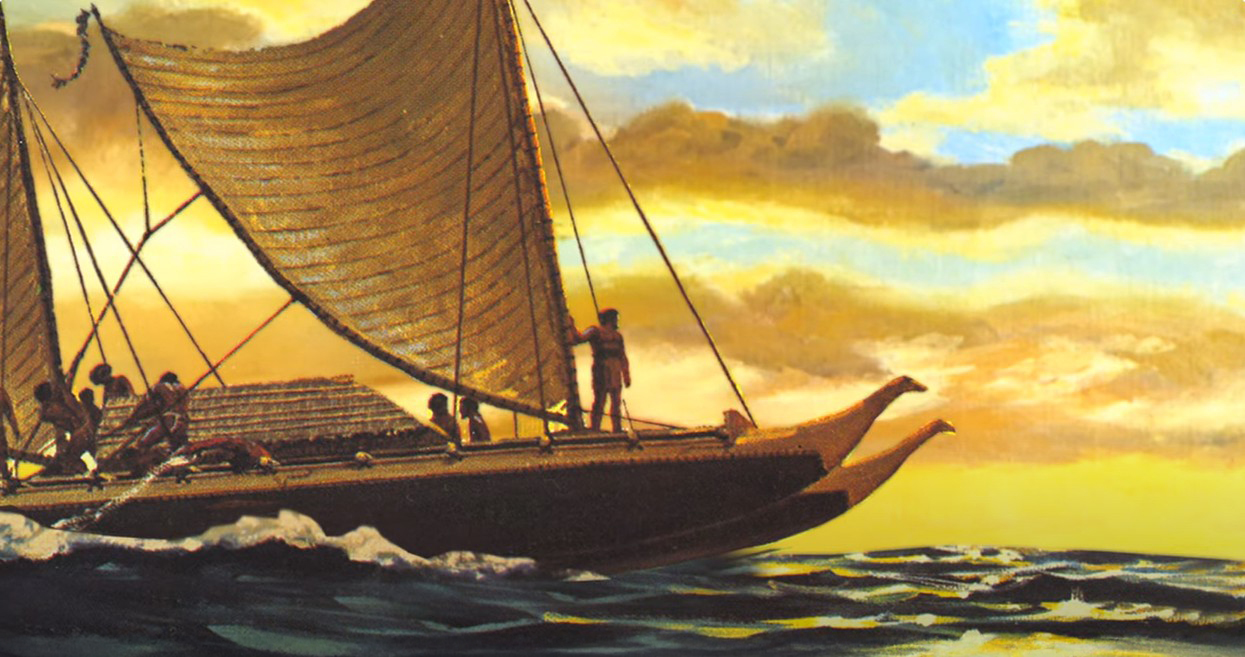 Voyagers the First Hawaiians - Special Edition (2012), Paul Csige, YouTube
Voyagers the First Hawaiians - Special Edition (2012), Paul Csige, YouTube
How They Navigated
The Polynesians set sail northward in their double-hulled canoes. Sailing without instruments, they found their way by observing the position of the stars, ocean swells, bird behavior, and cloud patterns. This practice gave them the ability to find their way to land without seeing it off in the distance, a traditional Polynesian art passed down from generation to generation.
They Didn’t Come Empty-Handed
The mariners loaded up their canoes with the plants and animals they needed to create a proper ecosystem: taro, breadfruit, sweet potato, bananas, sugarcane, coconut, as well as pigs, chickens, dogs, and sometimes rats. All of this enabled them to quickly get down to business and replicate their original homeland in a new environment. When the pioneers finally came ashore on the black sands of a Hawaiian beach, they realized they had discovered a paradise beyond anything they'd ever dreamt of.
Initial Settlement And Land Use
The most recent carbon-dating places the arrival of the Polynesians in Hawaii at around 1000 to 1200 AD. Not surprisingly, the newcomers preferred to settle near coasts and fertile valleys, in communities built on agriculture and fishing. They cultivated terraced taro paddies and elaborate fishponds, making ingenious use of the land from mountain to sea. The new society struck a balance between sustainability and their own needs for survival.
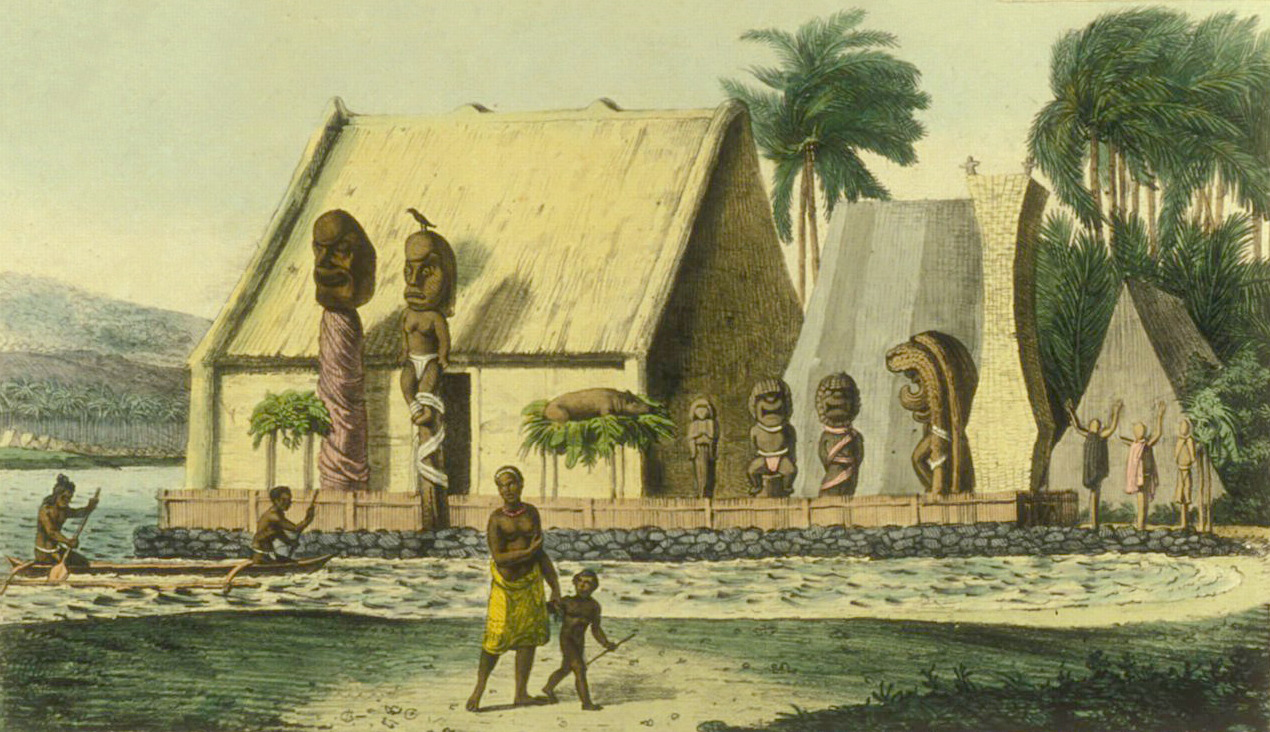 By Jean-Pierre Norblin de La Gourdaine / Louis Choris, Wikipedia
By Jean-Pierre Norblin de La Gourdaine / Louis Choris, Wikipedia
Social And Political Structures
Hawaiian society evolved into a complex class hierarchy from chiefs through priests, artisans, commoners, all the way down to slaves. Temples to the various Hawaiian gods and a series of ongoing community rituals provided the structure for traditional Hawaiian spiritual beliefs.
A Culture That Grew Up In Paradise
Isolated from the outside world, Hawaii's culture flourished. All kinds of stories, chants, and ceremonies galvanized the islanders with a shared identity. Skilled artisans carved canoes, built mighty temples, and crafted tools with frenetic energy. All this time native agriculture and fisheries provided the bounty to feed a hungry civilization. That civilization was sustainable and resilient. They knew all the native plants, seasons, and the environment inside out.
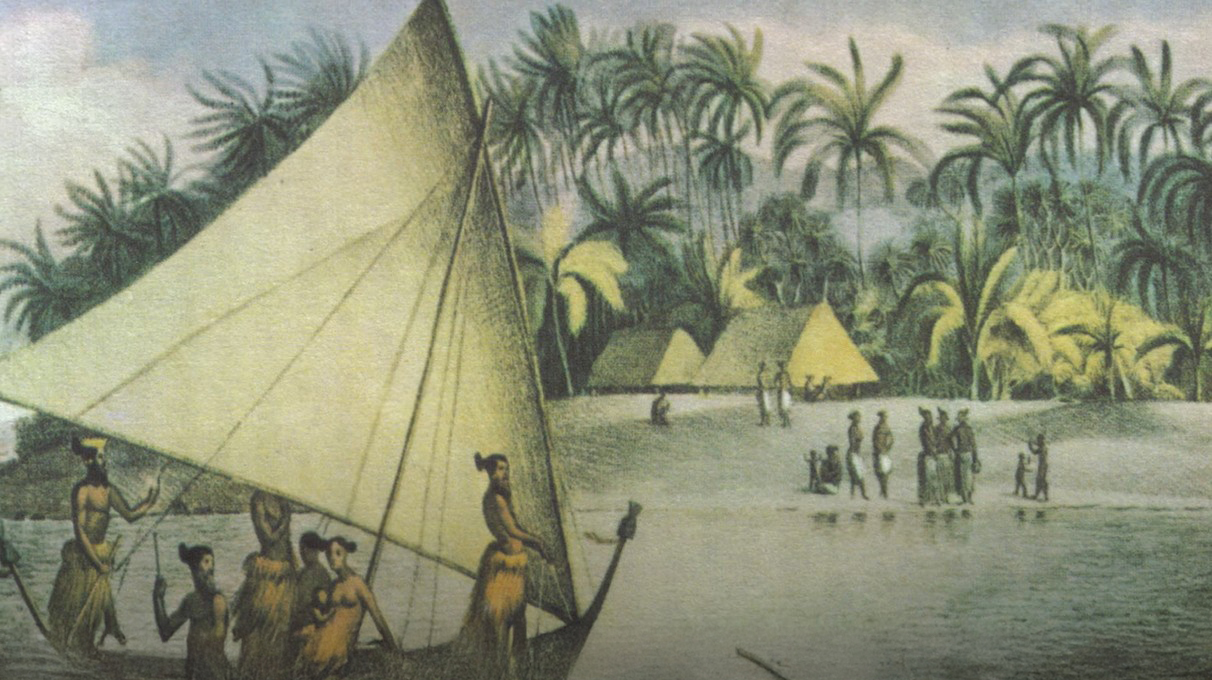 The First Settlers of Polynesia, Sebastian Wetherbee, YouTube
The First Settlers of Polynesia, Sebastian Wetherbee, YouTube
The Europeans Arrive To An Uneasy Welcome
Contact with the Europeans of Captain Cook's voyage in 1778 brought inevitable change, but the Hawaiians held on tight to the memory of their own navigational heritage. In the 1970s, the Polynesian Voyaging Society built a traditional canoe to revive their system of star-based navigation. Its triumphant voyage to Tahiti in 1976 proved their method of overseas exploration was viable, and not a one-off accident. It was a renaissance transcending time, and gave Hawaiians a justifiable pride in their indigenous knowledge.
They Did It Their Way
Rome wasn’t built in a day, and neither was Hawaii. Polynesian settlement is a story of remarkable courage, maritime skill, ecological planning, cooperation, and smarts. The early voyagers traversed tremendous distances, recreated a complete ecosystem, and forged a fascinating civilization on the Pacific’s most isolated islands. It is a paradise that has endured to become America’s 50th state.
You May Also Like:
The Great Mystery Of Easter Island
The Fra Mauro Map: The Google Earth of the Medieval World
Paradise Lost: Tulum's Secret History Of Corruption And Greed

